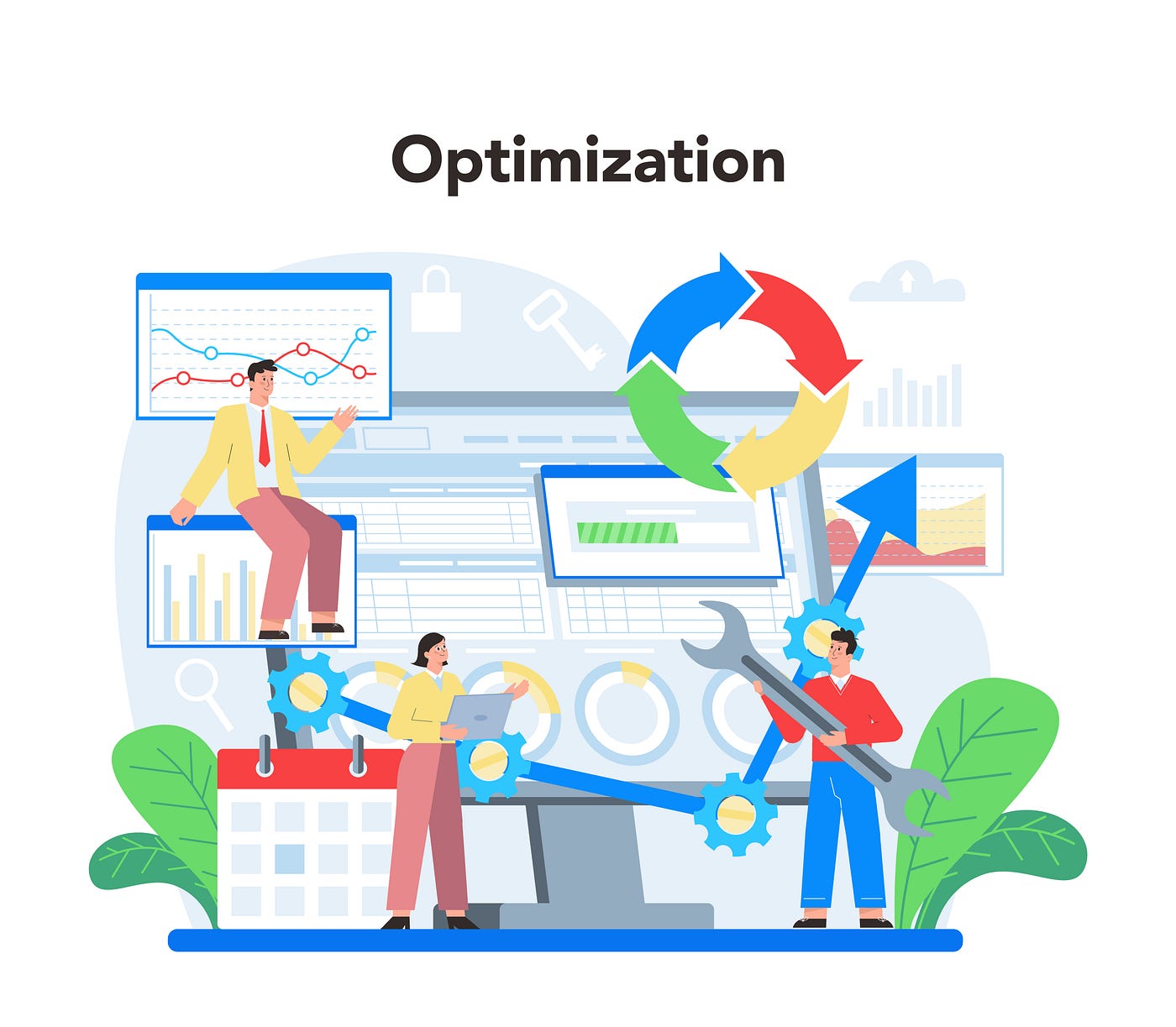
Improving Website Performance: Key Optimization Techniques
- admin
- 28 November 2023
- Uncategorised
- 0 Comments
In today’s digital age, website performance plays a pivotal role in delivering a seamless user experience. Users expect fast-loading, responsive websites, and optimizing website performance has become a crucial aspect of web development. By employing key optimization techniques, developers can enhance site speed, improve user engagement, and positively impact search engine rankings. Let’s explore some essential optimization techniques to enhance website performance.
1. Image Optimization
Images are often a significant contributor to webpage size. Employ techniques like compression, choosing the right file format (JPEG, PNG, SVG), and utilizing responsive images to reduce file sizes without compromising quality. Tools like Photoshop, ImageOptim, or online services can aid in optimizing images effectively.
2. Minification of CSS, JavaScript, and HTML
Minifying code involves removing unnecessary characters like whitespace, comments, and formatting from CSS, JavaScript, and HTML files. This reduces file sizes, leading to faster loading times. Numerous tools and plugins automate this process, such as UglifyJS, CSSNano, and HTMLMinifier.
3. Browser Caching
Leverage browser caching to store static resources like images, CSS, and JavaScript files locally on a user’s device. By specifying caching policies through HTTP headers, returning visitors can experience faster load times, as the browser retrieves files from the cache rather than re-downloading them from the server.
4. Content Delivery Network (CDN) Integration
Implementing a Content Delivery Network helps distribute website content across multiple servers worldwide. This ensures that users receive content from servers geographically closer to them, reducing latency and improving loading times, especially for global audiences.
5. Lazy Loading of Assets
Adopt lazy loading techniques to load assets like images or videos only when they enter the user’s viewport. This approach prioritizes the loading of content that the user currently sees, reducing initial page load times and improving perceived performance.
6. Optimizing Server Response Time
Optimize server response times by employing techniques such as upgrading server hardware, utilizing caching mechanisms, optimizing database queries, and choosing reliable hosting providers. Faster server responses contribute significantly to overall website speed.
7. Implementing Responsive Design
Ensure your website is responsive across various devices and screen sizes. Responsive design not only improves user experience but also contributes to better performance by avoiding unnecessary content downloads or rendering issues on different devices.
8. Performance Monitoring and Testing
Regularly monitor and test your website’s performance using tools like Google PageSpeed Insights, GTmetrix, or Pingdom. These tools provide insights into performance metrics and suggestions for further optimization.
9. Removing Unused Plugins and Scripts
Evaluate and remove unused plugins, scripts, or third-party integrations that contribute to excess HTTP requests or slow down website loading times. Streamlining the use of plugins and scripts can significantly improve performance.
10. Implementing HTTP/2 and HTTPS
Adopt HTTP/2, which offers performance enhancements over its predecessor, reducing latency and improving load times through multiplexing, header compression, and server push. Additionally, migrating to HTTPS not only secures data but also improves search engine rankings and performance.
In conclusion, optimizing website performance is essential for delivering a seamless user experience and achieving better search engine rankings. By implementing these key optimization techniques, web developers can significantly enhance website speed, responsiveness, and overall performance, meeting the expectations of today’s users.



